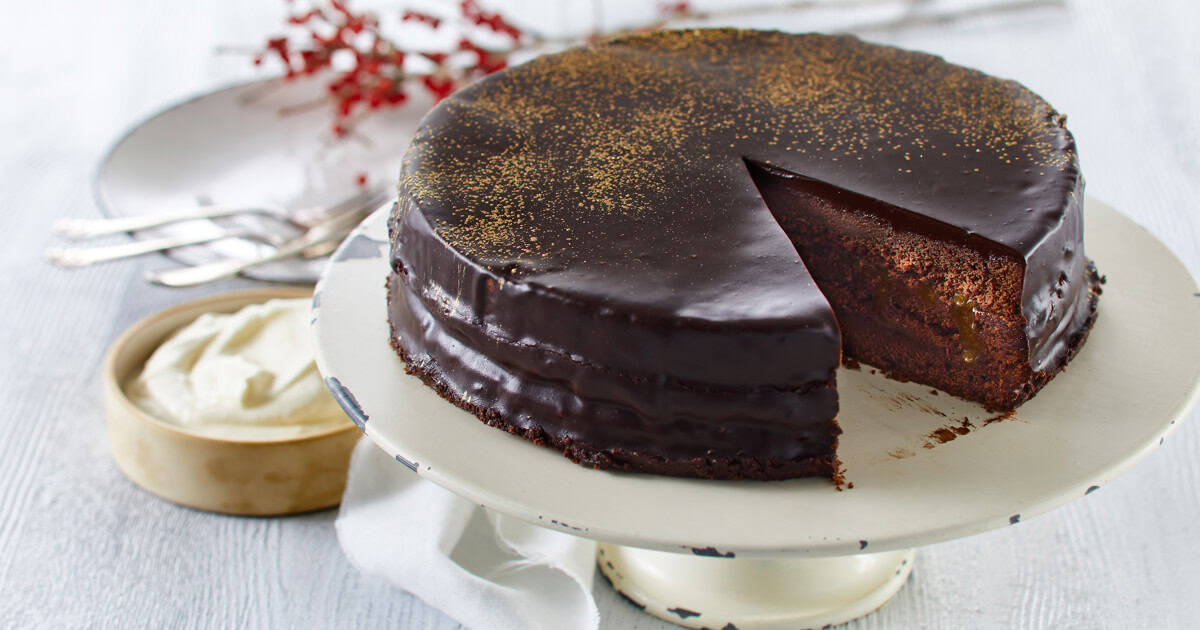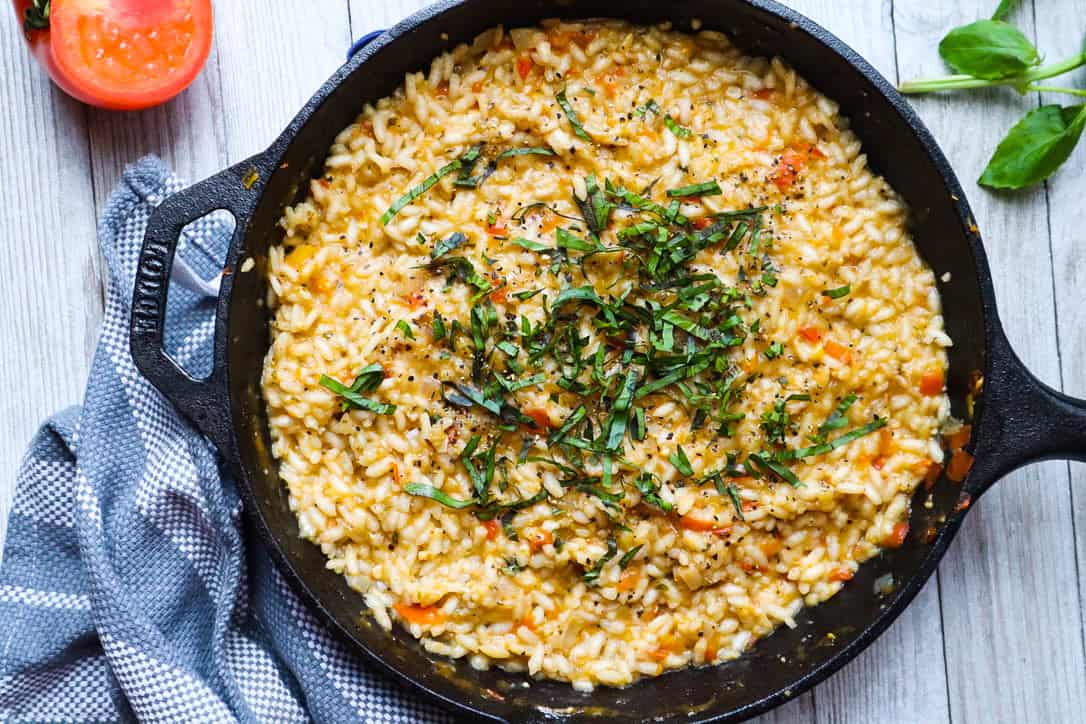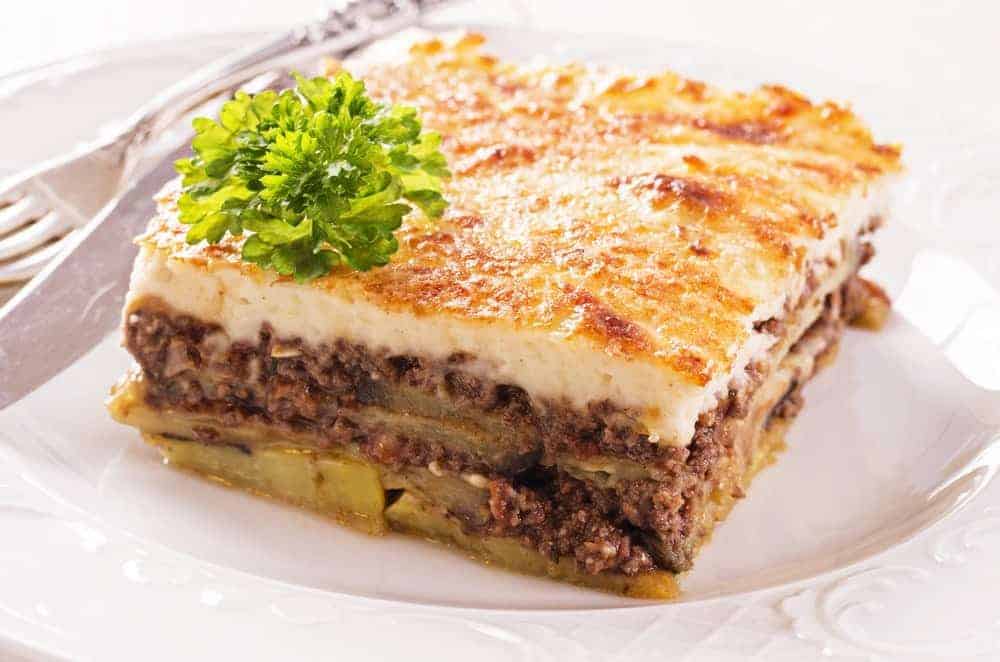Alright, I’ll be real with you: making croissants at home isn’t exactly a “whip it up on a Tuesday night” project.
It’s a little intense, it’s a little messy, and it’s absolutely worth it.
Because once you taste your own homemade croissant — all those buttery, golden layers, the tender pull, the crisp flake — you’ll understand why the French treat this pastry like sacred art.
And honestly? If you can bake a croissant, you basically have baking superpowers.
Let’s dive into it.
First Things First: What Even Is a Croissant?
At its core, a croissant is a yeast-leavened dough that’s layered with butter (through a process called lamination), rolled, shaped into a crescent, and baked to golden perfection.
It’s the ultimate flaky pastry.
It’s breakfast. It’s a snack. It’s the reason people say “I’m just gonna have one” and then black out and eat five.
Ingredients You’ll Need
This isn’t a small list, but it’s not scary either.
You probably already have most of this sitting around:
- 4 cups (500g) all-purpose flour
- 1/2 cup (100g) granulated sugar
- 2 1/4 tsp instant yeast (one packet)
- 1 1/4 tsp salt
- 1 1/4 cups (300ml) whole milk, lukewarm
- 2 tablespoons unsalted butter, melted
- 1 cup (225g) cold unsalted butter (for laminating)
- 1 egg (for egg wash)
That’s it. Simple ingredients. The technique is where the magic happens.
Step-by-Step: How to Make Croissants from Scratch
1. Make the dough.
In a big bowl, whisk the flour, sugar, yeast, and salt together.
Add the warm milk and melted butter, and mix until a shaggy dough forms.
Knead by hand for about 5-7 minutes (or use a stand mixer if you’re fancy) until smooth and slightly elastic.
Cover the dough and let it chill in the fridge for 30 minutes. (This isn’t your normal bread dough — cold is key.)
2. Prepare the butter block.
This is what gives croissants those gorgeous flaky layers.
Take your cold butter and place it between two sheets of parchment paper.
Use a rolling pin to beat it into a flat 7-inch square.
(Yes, literally beat it. It’s very therapeutic.)
Refrigerate the butter block while the dough chills.
3. Laminate the dough (a.k.a. fold in the butter).
Roll your chilled dough into a big rectangle, about twice the size of your butter block.
Place the butter in the center, fold the dough over it like you’re wrapping a gift, and seal the edges.
Now roll it out carefully into a long rectangle.
Fold it into thirds, like a letter.
That’s your first “turn.”
Chill it for 30 minutes, then repeat the rolling and folding two more times, chilling between each turn.
This step is what makes or breaks croissants — it builds those crazy-delicious layers.
4. Shape the croissants.
Finally, you’re ready to make them look like croissants!
Roll the dough into a big rectangle (again).
Cut it into long triangles.
Take each triangle, stretch it gently, and roll it up from the wide end to the tip.
Curve them slightly to form the classic crescent shape.
Place them on a baking tray lined with parchment paper.
5. Proof (let them rise).
Cover the shaped croissants lightly and let them rise somewhere warm (but not hot) for 1.5 to 2 hours.
They should get nice and puffy — almost doubled in size.
6. Bake!
Preheat your oven to 400°F (200°C).
Brush the croissants gently with an egg wash (beat one egg with a tablespoon of water) for that shiny, golden finish.
Bake for about 18–22 minutes until they’re deep golden brown and your kitchen smells like a French bakery exploded.
Tips for Croissant Success
- Cold dough is key. If the butter melts into the dough before baking, you’ll lose the flaky layers.
- Don’t rush the proofing. Croissants need that airy lift to get fluffy inside.
- Use good butter. It’s like 50% of the flavor, so don’t skimp.
- Be patient with the folds. Each layer you build is more flaky goodness.
FAQs About Making Croissants
Q1: Can I freeze croissants before baking?
Absolutely. After shaping, freeze them on a tray, then transfer to a freezer bag. When ready to bake, thaw overnight and let them proof before baking.
Q2: Why are my croissants leaking butter while baking?
Usually because the dough or butter got too warm during folding. Keep everything as cold as possible.
Q3: Can I fill my croissants?
Yes! After you cut the triangles, you can add a little bit of chocolate, almond paste, or ham and cheese before rolling.
Final Thoughts
Making croissants is definitely a bit of a project, but it’s one of those things you’ll brag about forever once you pull it off.
The first bite — crispy outside, buttery and soft inside — makes every fold, every chill session, every buttery mess soworth it.
And hey, even if your croissants aren’t perfectly symmetrical or bakery-level beautiful, guess what?
They’ll still taste better than 99% of what you can buy.
Handmade croissants have soul.
So take a weekend, take your time, and treat yourself.
You deserve it.









